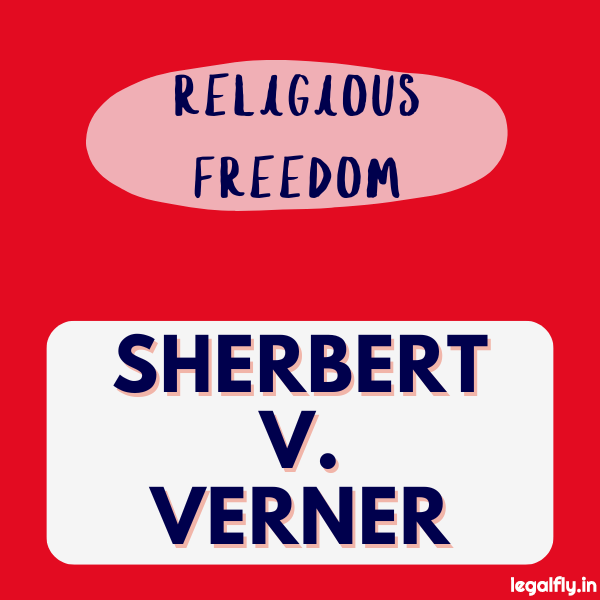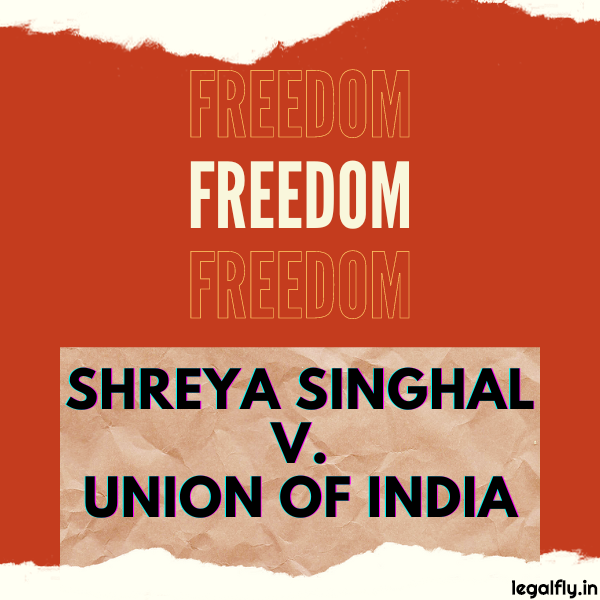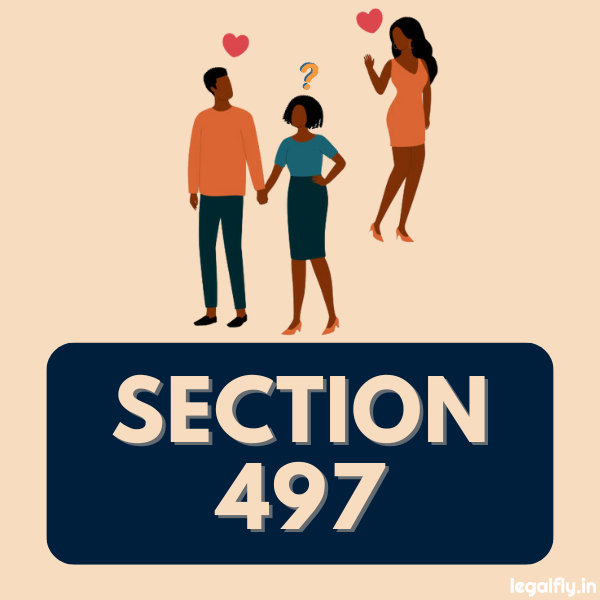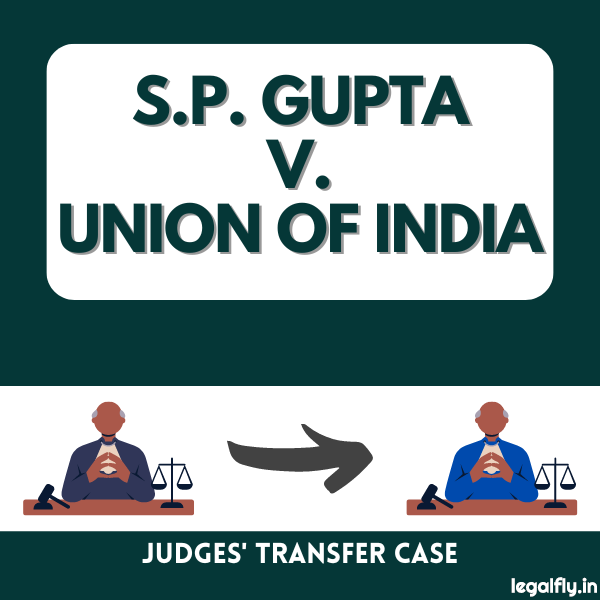Table of Contents
Case Name: Sherbert v. Verner
Court: Supreme Court of the United States
Year: 1963
Citation: 374 U.S. 398 (1963)
Introduction to Sherbert v. Verner
Sherbert v. Verner, a landmark 1963 Supreme Court of the United States case, is a pivotal decision that established the Sherbert Test and significantly shaped the interpretation of religious freedom under the First Amendment’s Free Exercise Clause. This case arose when Adell Sherbert, a Seventh-day Adventist, was denied unemployment benefits after being fired for refusing to work on her Sabbath day (Saturday). The Court’s ruling in her favour set a precedent for protecting religious practices from undue government burden or interference.
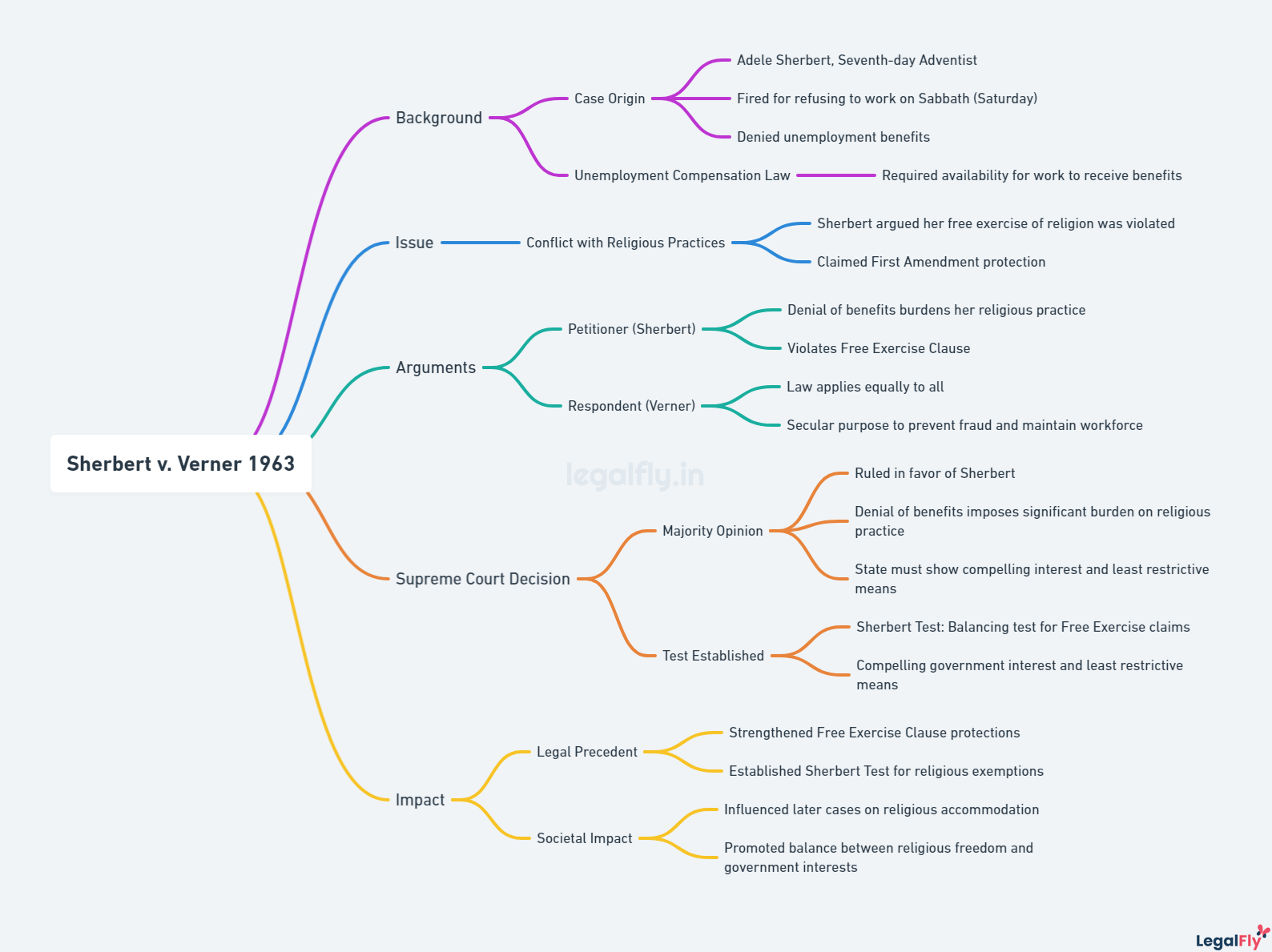
The significance of Sherbert v. Verner lies in its recognition that the Free Exercise Clause not only protects the right to hold religious beliefs but also extends to the practice of those beliefs. The Court’s decision underscored the principle that government actions or regulations that substantially burden an individual’s free exercise of religion must be justified by a compelling state interest and implemented through the least restrictive means possible. This ruling became a cornerstone of religious freedom jurisprudence in the United States, influencing subsequent cases and shaping the legal landscape for protecting religious liberties.
Key Facts of the Case
Adell Sherbert, a Seventh-day Adventist, was fired from her job at a textile mill in South Carolina after she refused to work on Saturdays, her faith’s Sabbath day. When she applied for unemployment benefits, her claim was denied because the state considered her unavailable for suitable work.
Sherbert had been employed at the mill for over 35 years before being dismissed for her religious objection to working on Saturdays. After her dismissal, she could not find another job that would not require her to work on Saturdays, leading her to file for unemployment compensation benefits. The state denied her claim, citing that her refusal to work on Saturdays disqualified her from receiving benefits under state law.
Legal Issues Addressed
The central legal issue in Sherbert v. Verner was whether the denial of unemployment benefits to Adell Sherbert, a Seventh-day Adventist who was fired for refusing to work on Saturdays due to her religious beliefs, violated the Free Exercise Clause of the First Amendment. The case also addressed the application of the Fourteenth Amendment, which incorporates the First Amendment’s protections against the states.
The Free Exercise Clause of the First Amendment guarantees the right to freely practice one’s religion without undue government interference. The Court had to determine whether South Carolina’s denial of unemployment benefits substantially burdened Sherbert’s ability to exercise her religious beliefs. Additionally, the Fourteenth Amendment’s Due Process Clause was invoked to apply the First Amendment’s protections to state actions, as the case involved a state unemployment law.
The Court examined whether the state’s interest in preventing unemployment fraud and preserving the solvency of the unemployment fund justified the substantial infringement on Sherbert’s religious freedom. This balance between individual religious rights and legitimate state interests formed the crux of the legal analysis.
Court’s Decision and Rationale
In a 7-2 decision, the Supreme Court ruled in favour of Adell Sherbert in Sherbert v. Verner. The majority opinion, written by Justice William J. Brennan, established the “Sherbert Test” to determine when the government can constitutionally impose a burden on an individual’s free exercise of religion.
The Sherbert Test consists of the following criteria:
- The person must have a sincere religious belief.
- The government’s action must impose a substantial burden on people’s ability to exercise their religion freely.
- The government must demonstrate a compelling state interest.
- The government action must be the least restrictive means of achieving that compelling interest.
If these conditions are met, the government action is permissible under the First Amendment’s Free Exercise Clause. However, if even one condition is not satisfied, the government action is unconstitutional.
Justice Brennan stated that Sherbert’s religious beliefs were sincerely held, and the denial of unemployment benefits substantially burdened her ability to exercise her religion freely. The Court found that the state’s interest in preventing fraudulent claims did not outweigh Sherbert’s constitutional right to exercise her religion freely.
The dissenting opinions, written by Justices John M. Harlan and Byron R. White, argued that the majority decision violated the Establishment Clause by favouring certain religious beliefs over non-religious beliefs. They also contended that the decision could lead to widespread exemptions from state laws, undermining the government’s ability to enforce its regulations.
The Sherbert Test
The Sherbert Test, established by the Supreme Court’s ruling in Sherbert v. Verner, is a legal standard used to determine if a government action or law violates an individual’s right to free exercise of religion under the First Amendment. The test requires the government to demonstrate a “compelling state interest” to justify any substantial burden placed on an individual’s religious practices. Additionally, the government must prove that the burden is the least restrictive means of achieving that compelling interest.
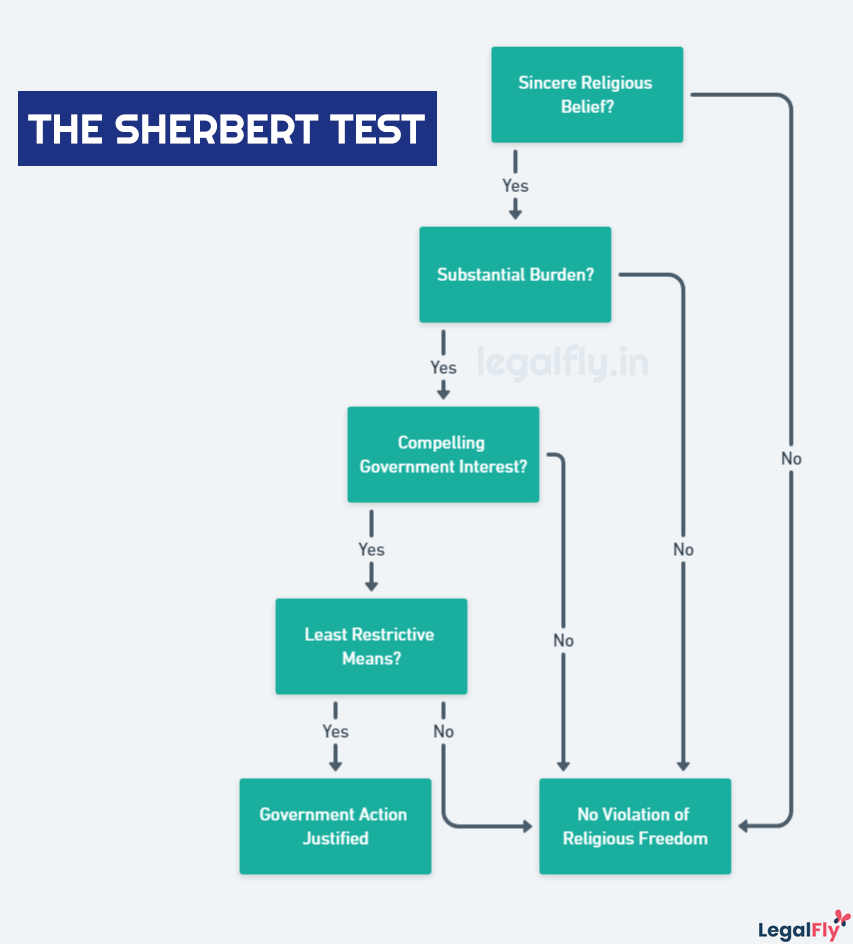
The Sherbert Test consists of the following criteria:
- Is the religious belief sincerely held?
- Does the government action or law substantially burden the free exercise of religion?
- Does the government have a compelling state interest to justify the burden?
- Is the burden the least restrictive means of achieving that compelling interest?
If the answer to the first two questions is yes, and the answer to the last two questions is no, then the government’s action or law is considered a violation of the Free Exercise Clause of the First Amendment. This test shifted the burden of proof onto the government to justify any infringement on religious freedom rather than requiring individuals to prove their religious beliefs deserve protection. The Sherbert Test provided a robust framework for evaluating religious freedom claims and became a significant precedent in subsequent cases involving the Free Exercise Clause.
Implications of the Judgment
The Supreme Court’s decision in Sherbert v. Verner had far-reaching implications for religious freedom cases and employment law in the United States. It established a significant precedent by requiring the government to demonstrate a compelling state interest and use the least restrictive means to burden an individual’s free exercise of religion, known as the Sherbert Test.
The ruling paved the way for greater protection of religious rights in the workplace and beyond. It affirmed that denying unemployment benefits to individuals who refuse to work for religious reasons amounts to an unconstitutional burden on their free exercise of religion. This impacted future cases involving religious accommodation in employment contexts.
Moreover, Sherbert v. Verner had broader legal and social consequences. It reinforced the principle that the government must have a compelling interest to justify substantially burdening an individual’s religious practices. This influenced subsequent cases addressing the balance between religious liberty and state interests, shaping the legal landscape for years.
Criticisms and Limitations
The Sherbert Test and ruling have faced several criticisms and limitations over time. One major critique is that the test places an undue burden on the government to demonstrate a compelling state interest in any law or policy that substantially burdens religious exercise. Some have viewed this high bar as providing too much deference to religious claims, even when the burden on religious exercise is relatively minor.
Another limitation is the difficulty in defining and applying the “substantial burden” threshold consistently. The Court has struggled to articulate clear guidelines for what constitutes a substantial burden on religious exercise, leading to inconsistent rulings across different cases. The Sherbert Test has also been criticized for failing to consider the potential cumulative impact of granting numerous religious exemptions, which could undermine the overall effectiveness of laws and regulations.
Some legal scholars have argued that the Sherbert Test violates the Establishment Clause by favouring religious beliefs over secular ones, effectively providing special treatment for religious conduct. This critique suggests that the test may conflict with the principle of government neutrality towards religion.
Subsequent Cases and Legal Developments
The Sherbert Test, established in the landmark Sherbert v. Verner case, significantly impacted subsequent religious freedom cases and the evolution of related legal principles. The test required the government to demonstrate a compelling state interest and narrowly tailored means when substantially burdening an individual’s free exercise of religion.
In the 1972 case Wisconsin v. Yoder, the Supreme Court applied the Sherbert Test to exempt Amish parents from compulsory school attendance laws beyond the eighth grade, citing their sincere religious beliefs. However, the Court later narrowed the Sherbert Test’s scope in Employment Division v. Smith (1990), holding that neutral laws of general applicability need not be justified by a compelling governmental interest, even if they incidentally burden religious conduct.
In response to Smith, Congress passed the Religious Freedom Restoration Act (RFRA) in 1993, aiming to restore the compelling interest test outlined in Sherbert. The RFRA was subsequently ruled unconstitutional concerning state and local laws but remains applicable to federal laws.
While the Sherbert Test’s applicability has evolved, its principles continue to influence religious freedom jurisprudence, reflecting the ongoing balance between protecting religious exercise and governmental interests.
Contemporary Relevance
The Sherbert v. Verner decision remains relevant in contemporary legal discourse and jurisprudence related to religious freedom and the First Amendment’s Free Exercise Clause. While subsequent Supreme Court cases, such as Employment Division v. Smith (1990), have modified the application of the Sherbert Test, the core principles established in Sherbert v. Verner remain influential.
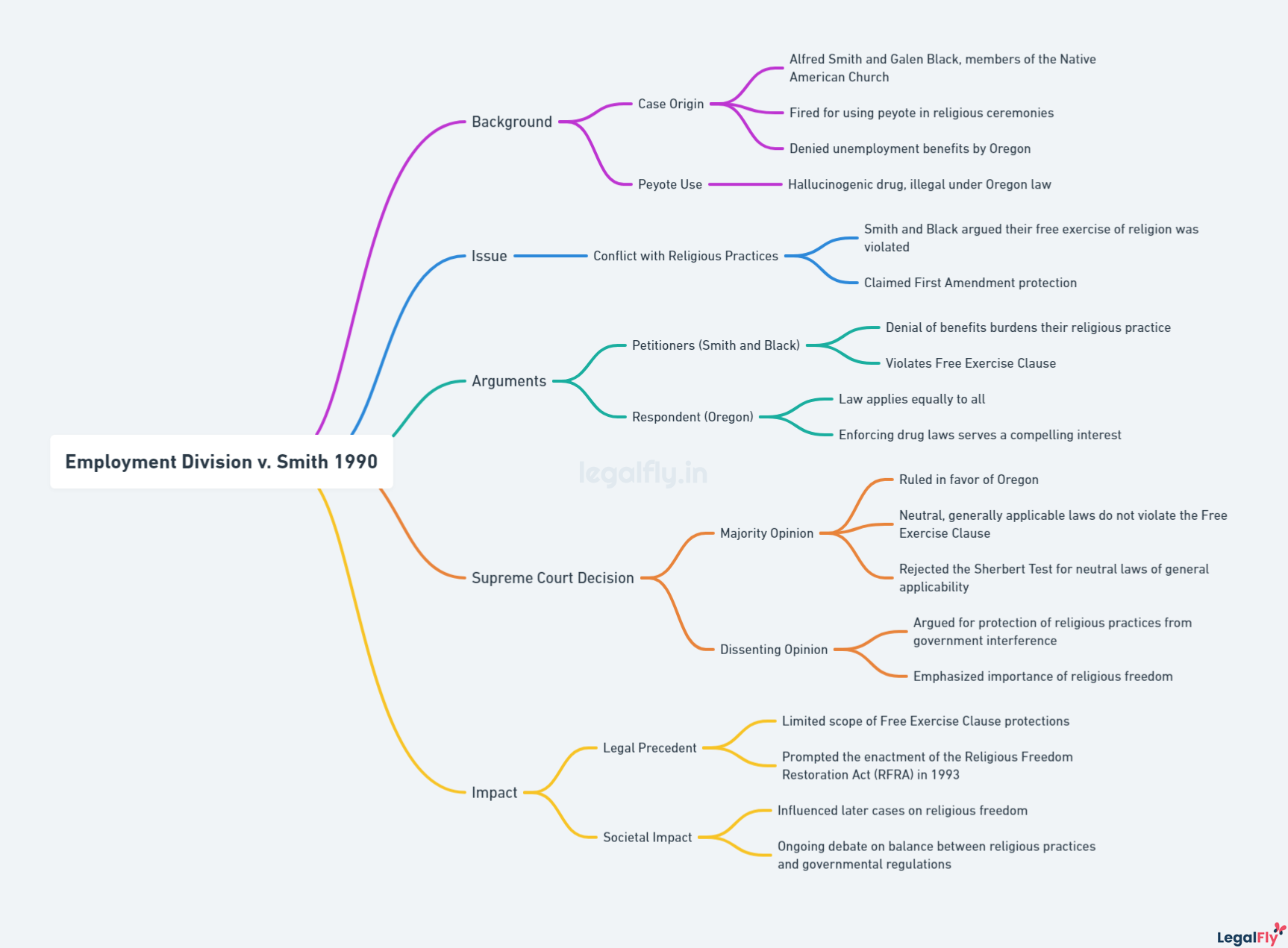
The case serves as a foundational precedent for the notion that the government must demonstrate a compelling state interest and employ the least restrictive means when enacting laws or policies that substantially burden an individual’s free exercise of religion. This principle continues to shape legal analyses and debates surrounding religious accommodations, particularly in the context of employment, education, and public services.
Furthermore, the Sherbert decision underscores the importance of balancing state interests with the protection of individual religious rights, a delicate equilibrium that courts and policymakers continue to grapple with in contemporary times. As religious diversity in the United States continues to evolve, the principles established in the case remain relevant in addressing complex legal issues involving religious freedom, non-discrimination, and the boundaries of governmental authority.
Conclusion
The Sherbert v. Verner (1963) decision was a landmark ruling that solidified the protection of religious freedom under the First Amendment’s Free Exercise Clause. By establishing the Sherbert Test, the Supreme Court provided a framework for evaluating when the government can impose a substantial burden on an individual’s religious practices. The ruling affirmed that the state must demonstrate a compelling interest and use the least restrictive means to achieve that interest if it infringes upon religious liberty.
This case had far-reaching implications, influencing subsequent religious freedom cases and shaping employment law. It reinforced the principle that individuals should not be forced to choose between their religious beliefs and receiving government benefits or employment opportunities. The decision also highlighted the importance of the Fourteenth Amendment in applying the Free Exercise Clause to state actions.
While the Sherbert Test faced criticisms for its potential to create a subjective and unpredictable standard, the case’s impact on protecting religious freedom remains significant. As society continues to grapple with balancing individual rights and government interests, the principles established in Sherbert v. Verner serve as a guiding light, reminding us of the fundamental right to freely exercise one’s religion without undue interference from the state.
Frequently Asked Questions
What was the Sherbert v. Verner case about?
Sherbert v. Verner was a 1963 Supreme Court case involving religious freedom and unemployment benefits. Adell Sherbert, a Seventh-day Adventist, was denied unemployment benefits after being fired for refusing to work on Saturdays, her Sabbath.
What was the outcome of Sherbert v. Verner?
The Supreme Court ruled 7-2 in favour of Sherbert, holding that denying her unemployment benefits violated her First Amendment right to free exercise of religion. The Court determined that the state’s actions placed a substantial burden on Sherbert’s religious practice.
What is the Sherbert test?
The Sherbert test, established by this case, is used to determine if a law violates the Free Exercise Clause. It requires the government to demonstrate a compelling interest in laws that burden religious practices and show that the law is narrowly tailored to achieve that interest.

